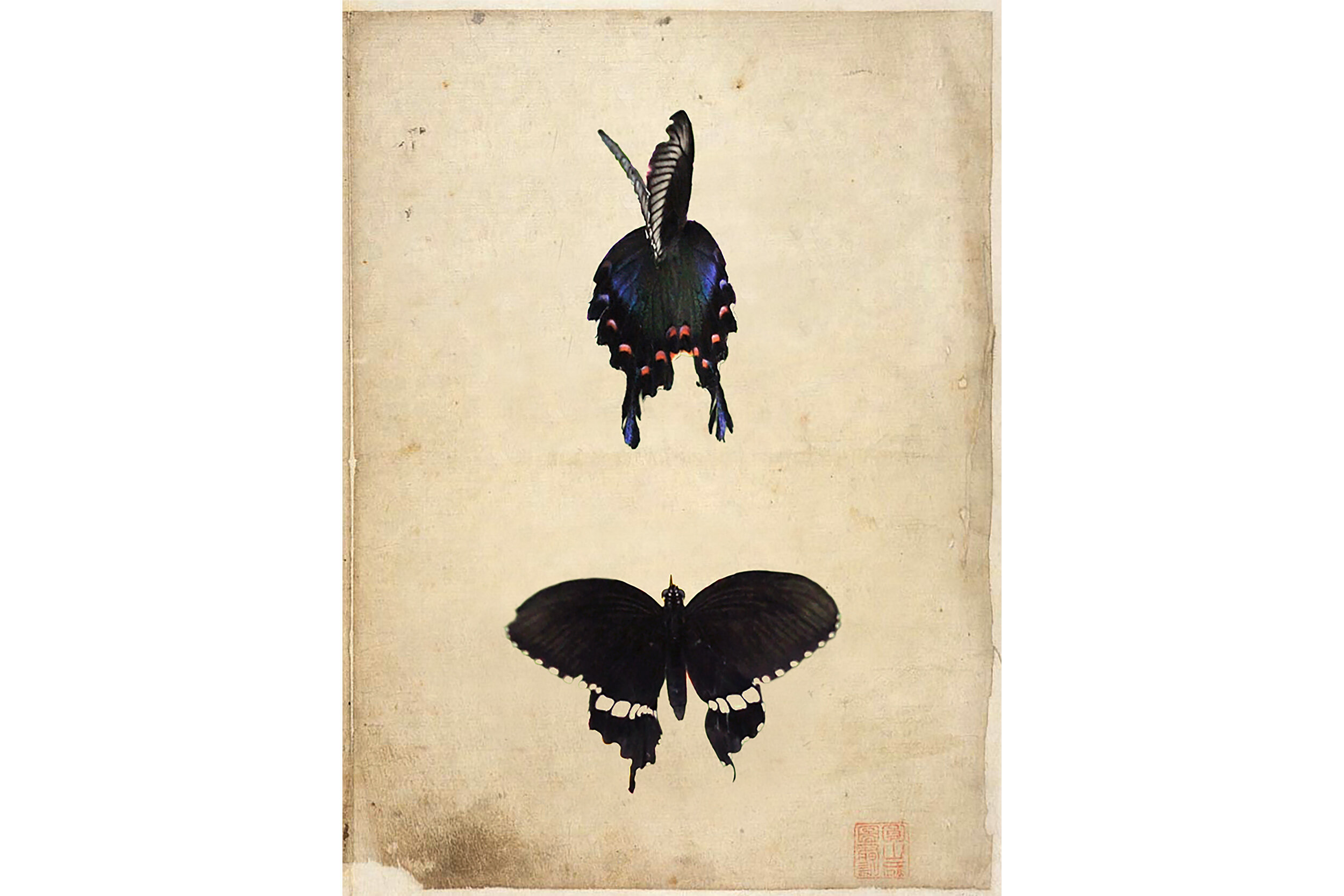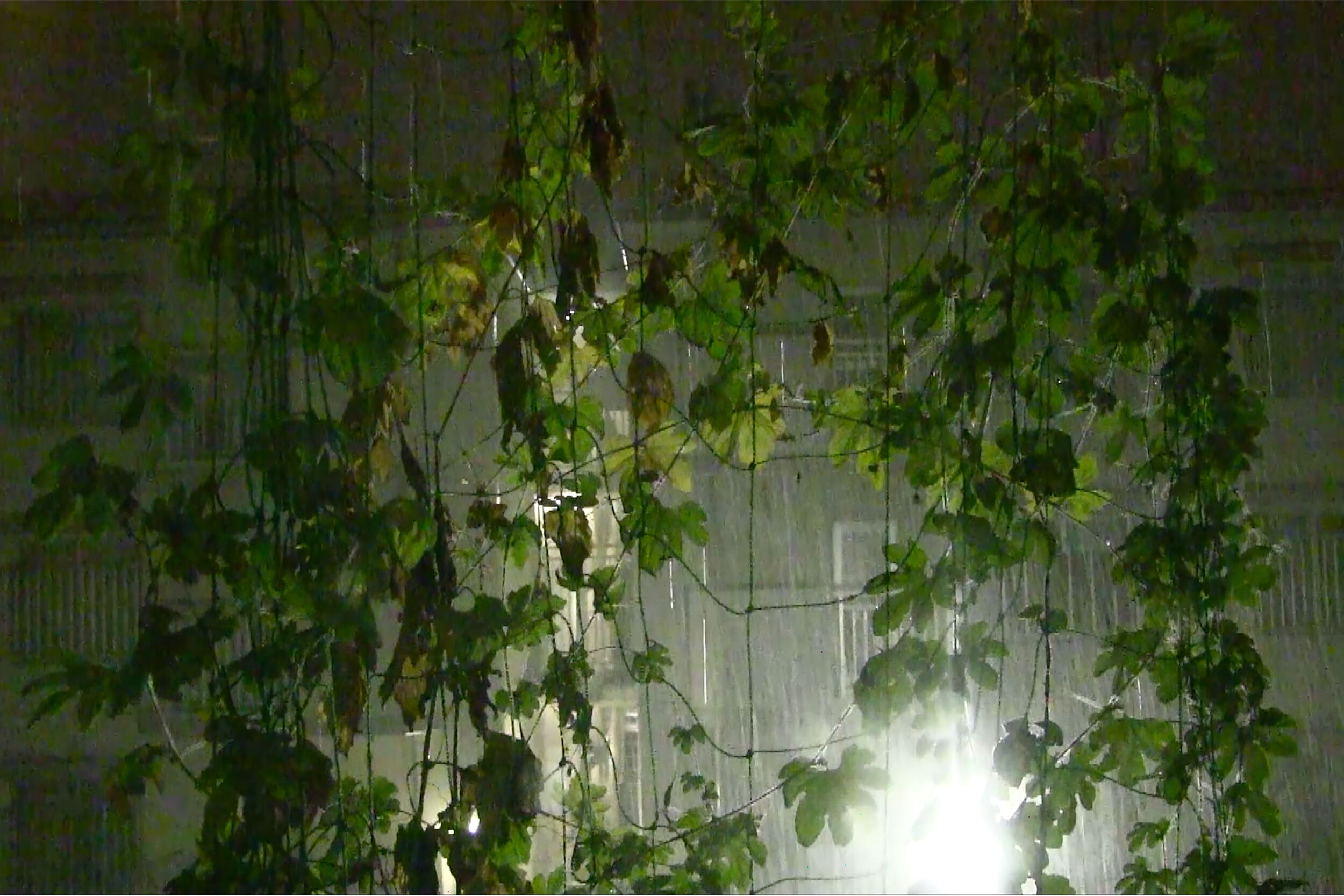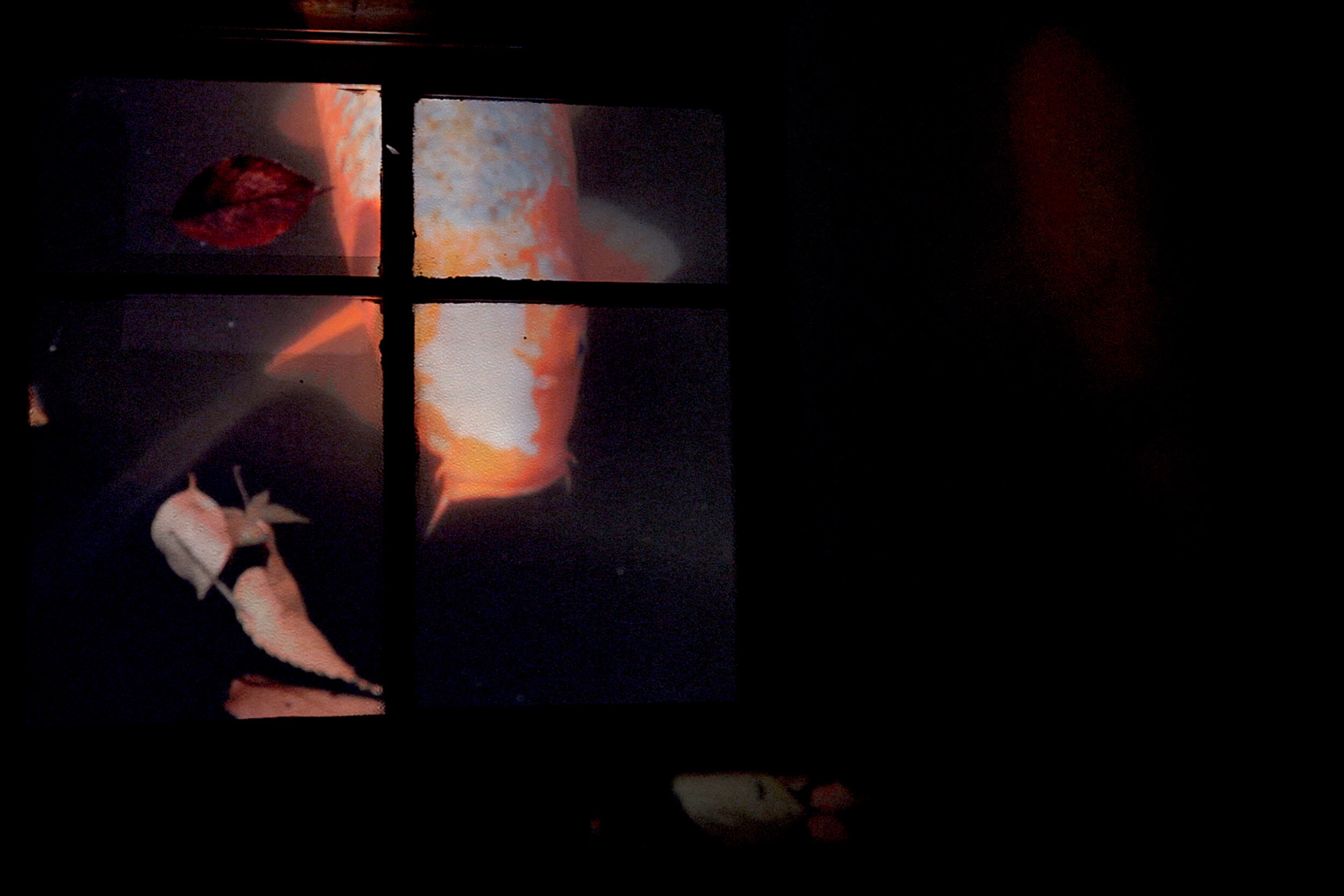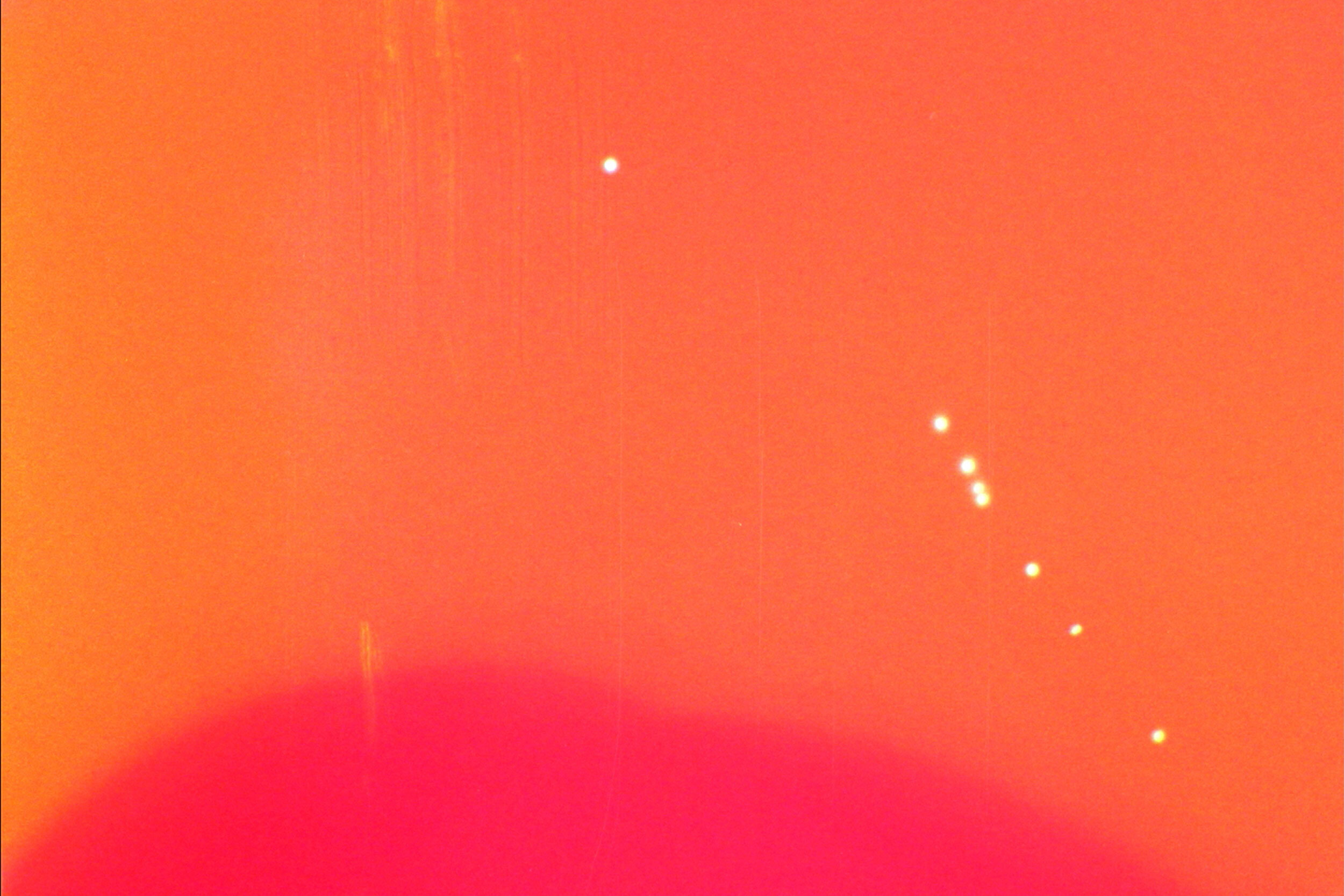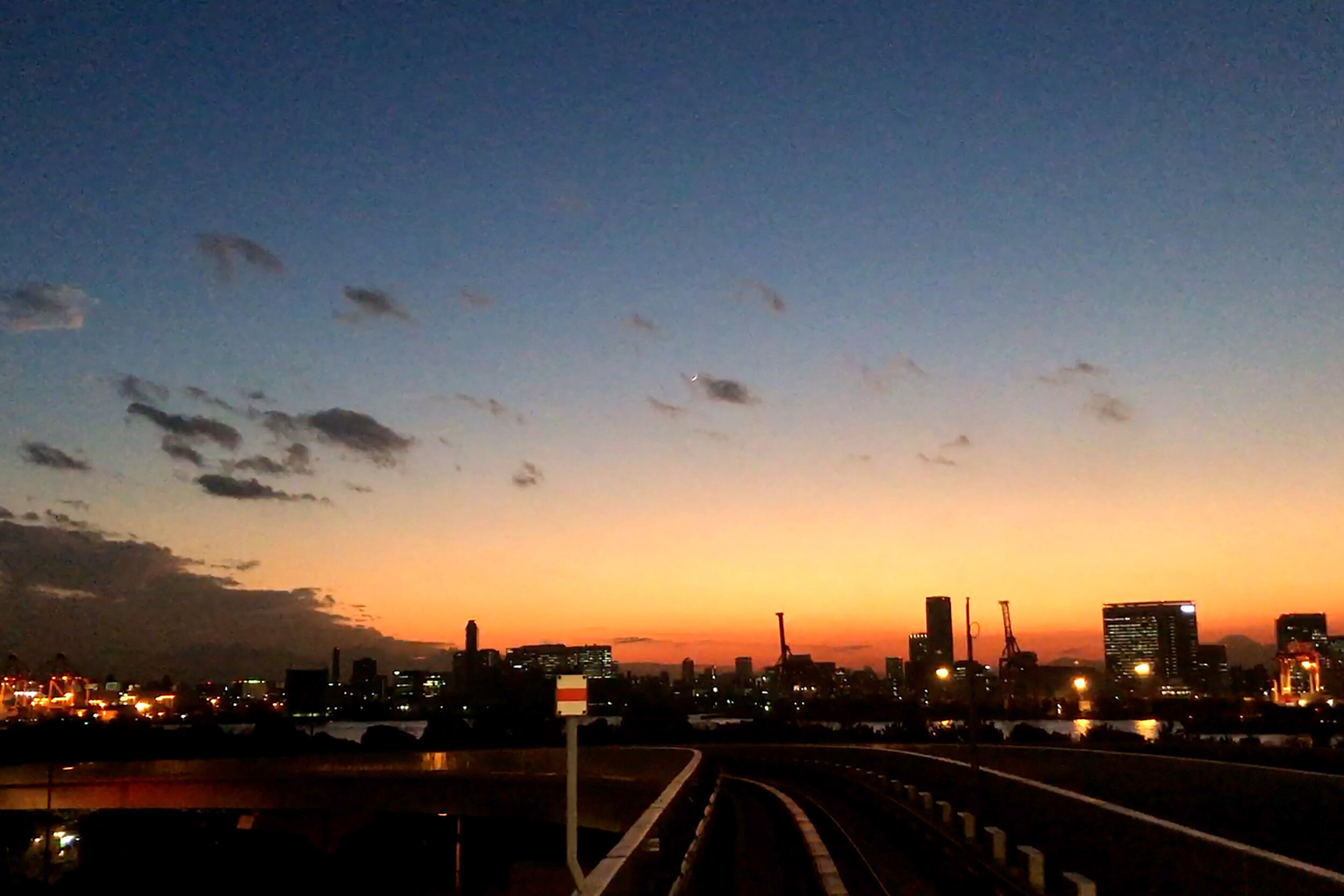Crossing Boundaries Between Photo and Film
On May 20, 2021 at 7 pm
Livestream on Facebook and YouTube
The works will be accessible for free until May 31, 2021 at 10 am!
As part of the dv_vd series, Dazibao and Vidéographe are pleased to dedicate an online screening to Place M, a Tokyo art gallery dedicated to photography.
In 2019, Place M added a film component to its activities and, in March 2021, held its second online film festival in which Vidéographe participated.
The idea of this collaboration with Place M began in 2016 when Montreal videographer Guillaume Vallée and Yuka Sato (Place M) met at the EXiS festival in Seoul. In 2018 the collaboration took shape as a cross-curation between Vidéographe and Place M. Julie Tremble of Vidéographe and Guillaume Vallée put together two programs (Short 1 and Short 2) from Vidéographe's collection, which were presented at Place M Festival in 2021. Yuka Sato, for her part, was invited to curate the programme for this last dv_vd evening of the season.
“Crossing Boundaries Between Photo and Film brings together the work of five of the most dynamic contemporary photographers, filmmakers and artists of our time: Osamu Kanemura, Shigeo Arikawa, Yuka Sato, Shinya Isobe and Mami Kosemura. This selection aims to explore both the possibilities of photography and film as well as the creation of innovative expressions at their intersection. Through these artists’ masterpieces, we hope you will enjoy this online exclusive programme.”
Programme (57 minutes)
Osamu Kanemura, Topless Bieber Drive (2019) — 12 min.
According to Karlheinz Stockhausen, the only elements of music are start and stop. For him, music is probably nothing more than a mechanical system that is operated by switching it on and off. Stockhausen’s idea can be easily applied to funk musicians. Once their performance starts, the groove endlessly continues until the end is announced; the music starts and finishes as if a switch is turned on and off. How it is performed is reminiscent of a conveyor belt mechanism. Funk is a machine that works with tempo and rhythm. It functions as a framework.
Shigeo Arikawa, IT HAS ALREADY BEEN ENDED BEFORE YOU CAN SEE THE END (2012) — 11 min.
The end has already started and ended. We call it 'the end' in order to perceive it and make it visible, but it had already passed when we called it 'the end', or the end is always penetrating the present. We can not recognize the time of the end. It has already started and ended. Japan's earthquake disaster and nuclear crisis in 2011 had a great impact on this film. This work is the first film of the series called PIXCANNING; the word is coined from pixel and scanning, which is a method to scoop up elements that pass through the meshes of perception when images appear or images are constructed.
Yuka Sato, Dialogue (2018) — 17 min.
Emerging from a period of withdrawal, a social recluse or ‘hikikomori’, the artist relates her inner experiences against the backdrop of an illuminated and restless urban environment that never sleeps. The film features snapshots of her heart's journey.
Shinya Isobe, 13 (2020) — 10 min.
The film is a continuous time-lapse with multiple exposures of the sunset from the same angle and position on 16mm film. The shoot was done in a span of 5 years. The title 13 is because the time-lapse has a 13-second interval per frame.
Mami Kosemura, 蝶 Butterfly (2021) — 7 min., silent
This video series is based on Shasei-cho, a sketchbook by Okyo Maruyama (1733-1795, Japan). The Shasei-cho was copied by various other artists and became a fundamental reference for how Japanese perceive and record the natural world. 蝶 Butterfly was created by photographing actual butterflies in super-slow motion with reference to the composition and drawing style of the Shasei-cho. Each movement is a reflection of the butterfly's behavior, characteristics and personality at the time. This work is a modern-day Shasei-cho that I observed and recorded based on the techniques of the great painters of the past.
Osamu Kanemura
Osamu Kanemura was born in 1964 in Tokyo. In 1992, while a student at the Tokyo College of Photography, he was invited to participate in the Rotterdam Biennale of Photography in the Netherlands, and in 1996 he was selected as one of the "Six Photographers to Watch" by MOMA.
Shigeo Arikawa
Born in 1982 in Tokyo, Shigeo Arikawa graduated from Tokyo University of the Arts in 2006. During his two-year residency (2014-2016) at Rijksakademie van beeldende kunsten in Amsterdam, Netherland, he produced works in different mediums, including video, installation, and photography. His works attempt to temporarily blind our rational (or functional) understanding by staging purposeless actions and mixing up different elements, requiring a temporary suspension of knowledge, of expectations, and even of beliefs. In recent years, Arikawa had solo shows and several group shows in Europe, and has expanded his activities within Japan.
Yuka Sato
Yuka Sato is a Japanese filmmaker based in Tokyo. Her films have been shown nationally and internationally in Singapore, Edinburgh, Hamburg, and Oberhausen’s international film festivals. In 2019, she started film curatorial projects. Through the direction of film festivals, which had the same theme as her own work creation, she has continued to explore the boundary of film and photography. yukasatofilm.com
Shinya Isobe
Born in 1982 in Yokohama, Shinya Isobe graduated from Tokyo Zokei Universityʼs Graduate School and from the Image Forum Institute of the Moving Image. His latest work 13 was awarded the Ken Burns for Best of the Festival at the 59th Ann Arbor Film Festival. His major works include EDEN (2011) and For rest (2017).
Mami Kosemura
Born in 1975 in Kanagawa, Mami Kosemura is a contemporary artist who uses photography and animation to explore the confluence of painting, video and photography, referring to classical European motifs and traditional subjects such as Japanese painting. Kosemura holds a PhD in Painting from Tokyo University of the Arts (2005) and has had a solo exhibition at Hara Museum of Contemporary Art Tokyo, as well as group shows at Asia Society Museum in New York, the Freer and Sackler Gallery in Washington, D.C., the International Incheon Women Artists’ Biennale, and at Kunsthal KAdE in the Netherlands. Her work is part of numerous collections including the Museum of Contemporary Art Tokyo, Tokyo National University of the Arts, Gunma Museum of Art in Tatebayashi, Asia Society Museum and Kuandu Museum of Fine Arts in Taiwan.
Dazibao thanks the Conseil des arts et des lettres du Québec, Programme Exploration et déploiement numérique, whose support made possible the online presentation of this event.
Dazibao thanks the artists, Vidéographe and Yuka Sato (Place M) for their generous collaboration as well as its advisory programming committee for its support.
Dazibao receives financial support from the Conseil des arts et des lettres du Québec, the Canada Council for the Arts, the Conseil des arts de Montréal, the Ministère de la Culture et des Communications and the Ville de Montréal.
Dazibao acknowledges that we are located on unceded territory of the Kanien'kehá: ka Nation and that Tiohtià: ke / Montreal is historically known as a gathering place for many First Nations, and today, is home to a diverse population of Indigenous as well as other peoples.

